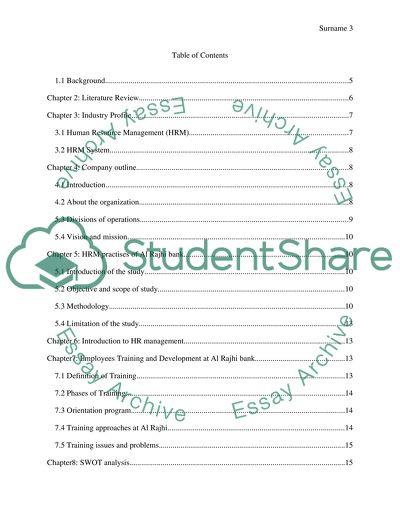Cite this document
(The Human Resource Management of Al Rajhi Bank Research Paper, n.d.)
The Human Resource Management of Al Rajhi Bank Research Paper. Retrieved from https://studentshare.org/human-resources/1481943-mba-project
The Human Resource Management of Al Rajhi Bank Research Paper. Retrieved from https://studentshare.org/human-resources/1481943-mba-project
(The Human Resource Management of Al Rajhi Bank Research Paper)
The Human Resource Management of Al Rajhi Bank Research Paper. https://studentshare.org/human-resources/1481943-mba-project.
The Human Resource Management of Al Rajhi Bank Research Paper. https://studentshare.org/human-resources/1481943-mba-project.
“The Human Resource Management of Al Rajhi Bank Research Paper”, n.d. https://studentshare.org/human-resources/1481943-mba-project.


